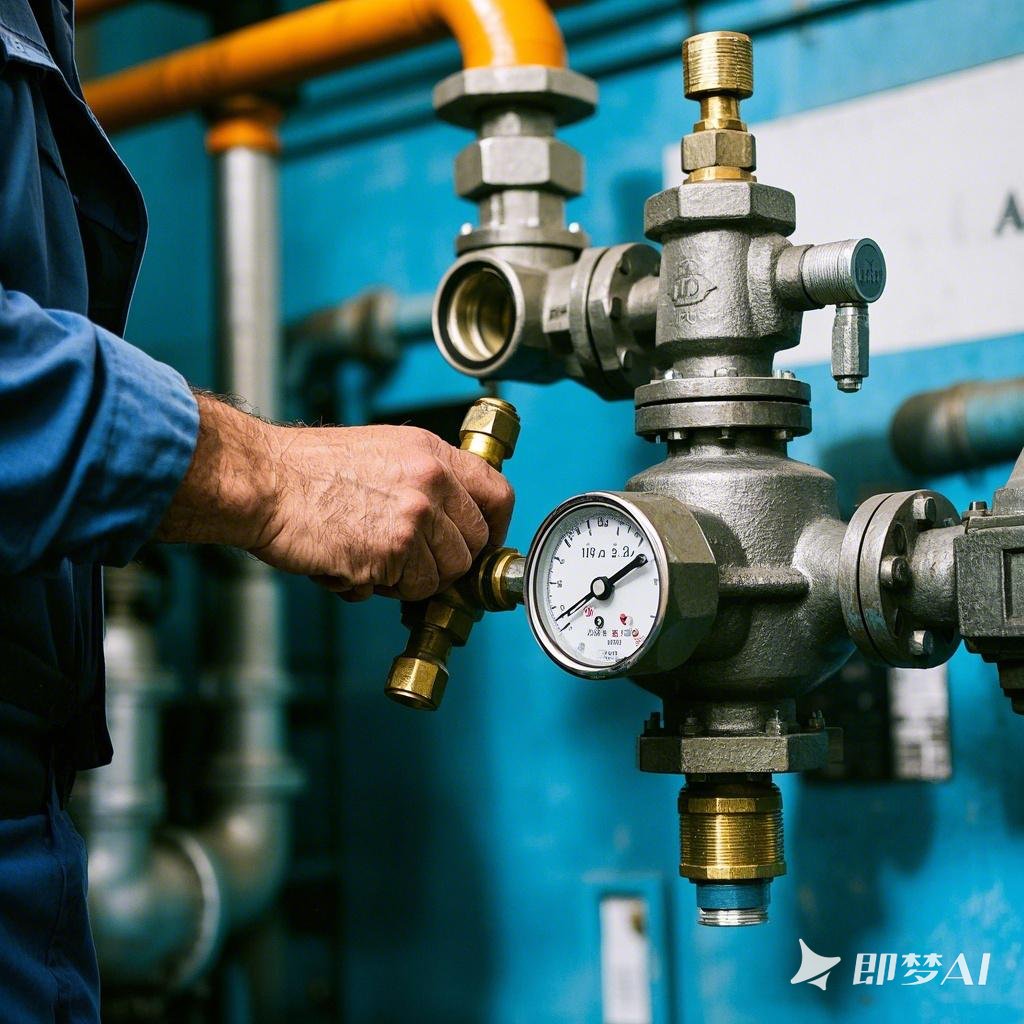Valve installation of the nine common misunderstandings: in the process of installing valves, many details are crucial, a little carelessness may cause a series of problems. The following are nine common installation misunderstandings, let’s take a look together, have you ever been hit?
Bolt too long
The bolts on the valve, in fact, do not need to be too long. Just make sure that one or two threads go beyond the nut is enough. This not only reduces the risk of damage or corrosion to the bolts from being too long, but also ensures that the valve is tight and stable.
Control valves not isolated separately
While isolating a valve may take up some space, it is vital when it comes to maintenance. When a valve needs to be repaired or inspected, isolating the valve ensures that staff can operate it in safe conditions. If space is limited, consider using a butterfly valve, which takes up little additional space.
Lack of pressure gauges or testing devices
There are occasions when the installation of a pressure gauge or test device is essential. These devices can provide connections for field personnel to use to check how the valve is actually working. Although it is not mandatory, the installation of these devices can provide a more intuitive understanding of the pressure condition of the valve.
Insufficient installation space
When installing valves, attempting to reduce installation space in order to save costs can lead to even more trouble. This is because it will become very difficult to perform basic maintenance and repair at a later stage. In addition, it is important to consider the length of tools and the space reserved so that the bolts can be easily loosened when needed.
Failure to consider later disassembly
If all the components are tightly screwed together without leaving any gaps, it will be very difficult to disassemble them when needed. Whether it is a grooved coupling, a flanged joint or a pipe fitting, consideration should be given to the possibility that disassembly may be required in the future.
Horizontal Installation of Concentric Reducers
Installing concentric reducers horizontally can cause problems. The correct approach is to use eccentric reducers for horizontal installations, while concentric reducers are better suited for installation in vertical lines. While concentric reducers may be cheaper in terms of cost, choosing the correct installation is critical when considering long-term results and ease of maintenance.
Valve wells are not allowed to drain
During valve activation, water may drain out of the valve cover and onto the floor. If a drain cannot be installed, consider using a simple drain pump to solve the problem. Float valves with ejectors can also be effective in keeping the chamber dry in the absence of a power supply.
Failure to remove air
When the pressure drops, air from the suspension can be transferred into the piping, which can cause problems downstream of the valve. To avoid this, air can be removed by installing a bleeder valve either upstream or downstream of the valve. This will ensure a steady flow of fluid in the piping and avoid problems.
Missing spare taps
Adding a spare tap at the design stage may add some cost, but it can significantly improve future availability and flexibility. Whether it’s connecting a hose, adding remote sensing equipment to a control valve or adding a pressure transmitter to a SCADA system, spare taps can be a great convenience.
In conclusion, when installing valves, we should be aware of these common misconceptions and try to avoid them. This will ensure the normal operation and service life of the valve, but also for our maintenance and repair work to bring convenience.
Valve installation of the nine common misunderstandings, you hit?

{"aigc_info":{"aigc_label_type":0,"source_info":"dreamina"},"data":{"os":"web","product":"dreamina","exportType":"generation","pictureId":"0"}}